
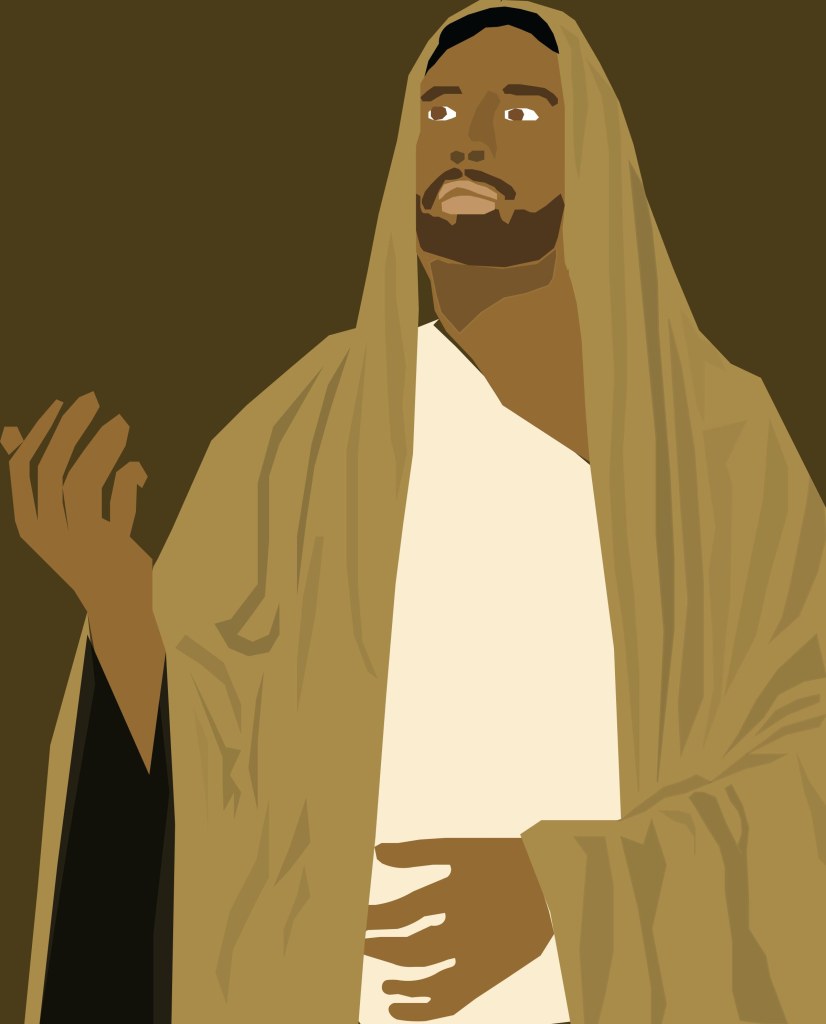
Go.Seek.Do


This week I was fortunate enough to have an article published in a new journal, Root Work Journal. It is a journal designed to share stories from and about African Americans.
More Than A Color tells the story of how African Americans fought back when others marginalized their worth and beauty. My story shows how they made all shades of brown beautiful.
The Story: https://www.rootworkjournal.org/anderson


If you have seen something in my art that you would like to purchase, you can at My Art Pal
I believe stories can be told in many ways and use a variety of methods to uplift, inform and educate African American and people of color. I want my work to bring energy and life to a marginalized community to help it become strong and active. I want to do work that gets people to talking about the issues of life.

This month we salute those High Flyers. There are no limits to what we can achieve!
Bessie Coleman is an African American and Native American who became an aviator. She was born in Atlanta Texas in 1892 and got her pilot’s license in France in 1921 because American flight schools did not allow African Americans in.
She made a living doing air shows. She bought her own plan
She died in an accident in 1926.
Mae C Jemison is an African American engineer, physician, and former NASA Astronaut. She was born in Alabama in 1956 but her family moved to Chicago.
When she joined NASA she worked in Launch Support and later on a Space Shuttle mission. She logged 190 hours in space and orbited the earth 127 times. On her mission she took a poster of the Alvin Ailey American Dance Theater, a statue from West Africa and a photo of Bessie Coleman from her pilot’s license.
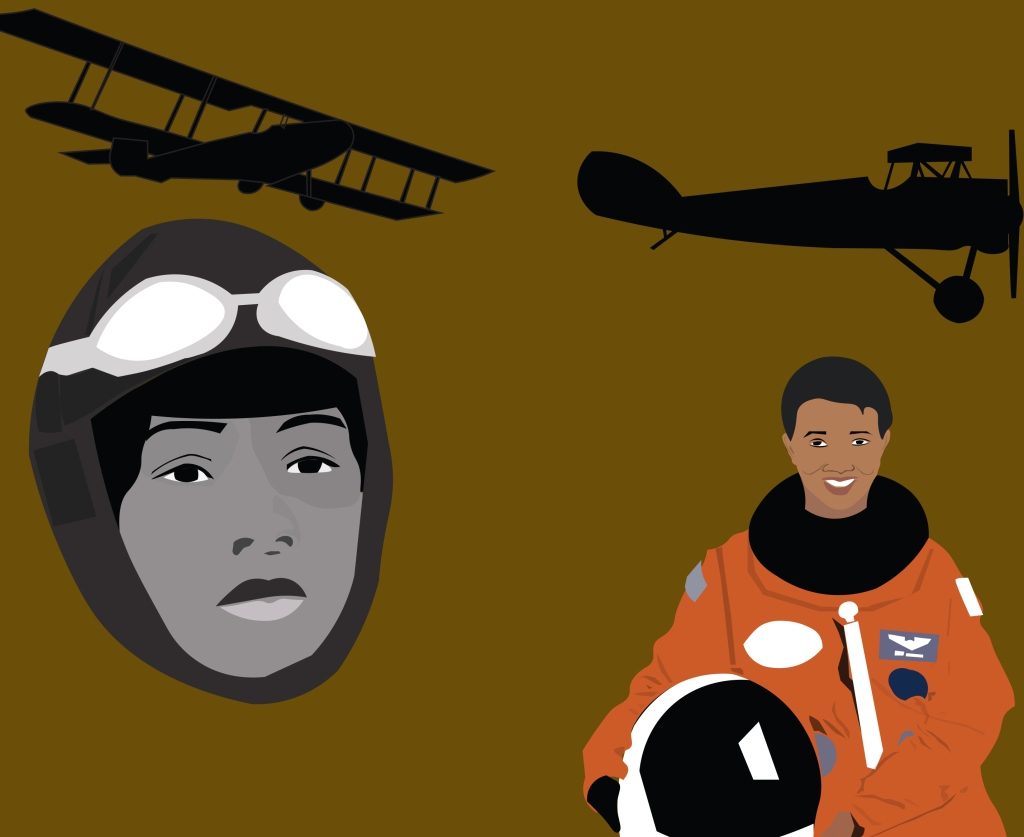
There was a time on the African continent when people lived everyday lives. People formed families and had children. They worked and bought things. The Slave Trade disrupted this life and created a new history for those who were caught up in it. This month’s artwork will reflect on the impact of that history with a quilt that has many patchworks.
Each week more information will be added.
The Slave Trade began when the first African captives were sold to Europe in 1444. During the 16th to the 18th Century more than 12 million people were shipped to the Americas. Not only did greedy African aristocracy line their pockets with the sale of people, but they also depleted their own resources so that when Europeans came to conquer them later, they had no fighting forces.
Hattie McDaniel was an actress and comedian who won the Academy Award for Best Supporting Actress, becoming the first African American to win an Oscar. She portrayed the role of a slave during the Civil War in Gone With The Wind. She was born in 1893. She died in 1952.
Barak Hussein Obama served as the 44th president of the United States from 2009 to 2017. Obama, the first African-American president of the United States, was born in 1961 in Hawaii. He also served as a Senator from the State of Illinois.
Cotton is a soft fiber that after processing can be spun into textiles. This shrub began to change the world in 1660 when the English East India Company began selling pieces of cloth which caught on. At first the cloth was imported from India, but the Europeans discovered they could grow and process their own cotton in North and South America. With the invention of the cotton gin in 1793, it allowed for greater production of cotton in North America and around the world.
Masks were created by skilled workers in tribes which was usually passed the job down by generations. So if a man was a wood carver, his sons would be wood carvers. These objects told the history of the tribe and what was important to them.
Jim Crow Laws were state and local statutes that legalized racial segregation with usually inferior standards for people of color
Bert Williams was a Bahamian-born American entertainer born in 1874, one of best entertainers of the Vaudeville and the most popular comedian for all audiences of his time. He is credited as being the first Black man to have the leading role in a film: Darktown Jubilee in 1914. He also starred on Broadway in a leading role, but his character was in blackface. He died in 1922
Rice was grown in West Africa in a way that would change the economies of Brazil and South Carolina. Europeans would take natives from Africa and increase the crops of rice in North and South America.
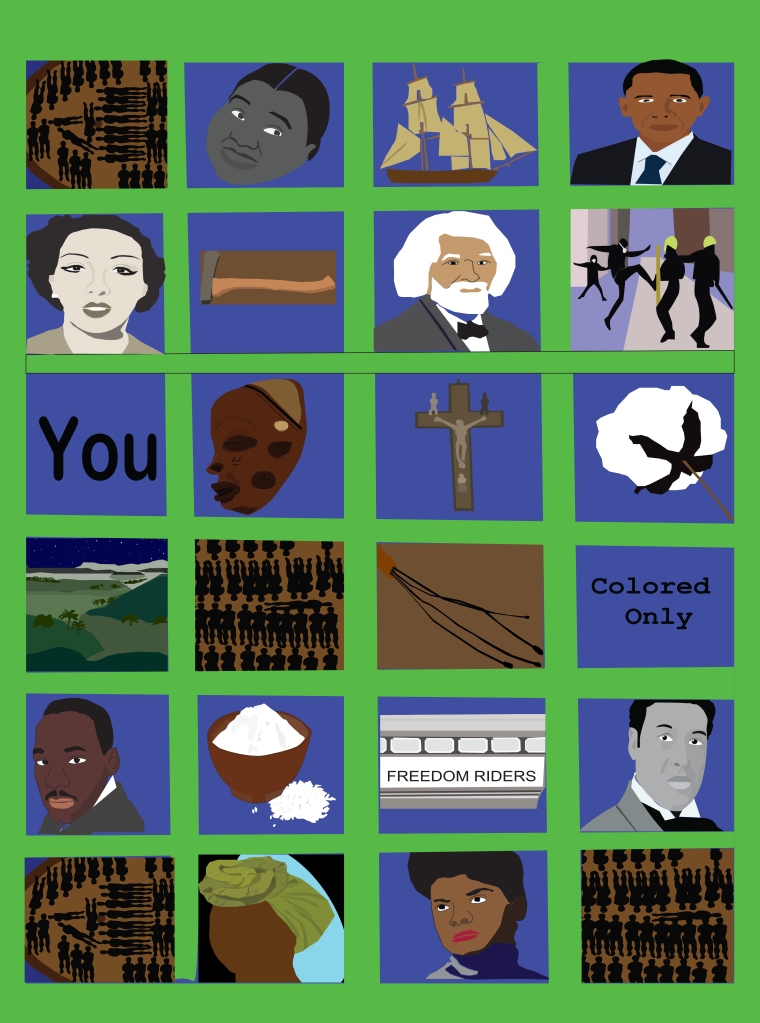
Vida has added a new item to the line up. A sarong!

I have added new designs that depict the Diaspora and the Underground Railroad, This are reminds us of a history many people do not want to talk about.
In my design the circles represent the lives captured and carried away. The purple inside the circle represents the royal blood. The yellow presents their souls.
These designs can also be seen on other items like pot holders and wall art. Check out my store. My Vida Store


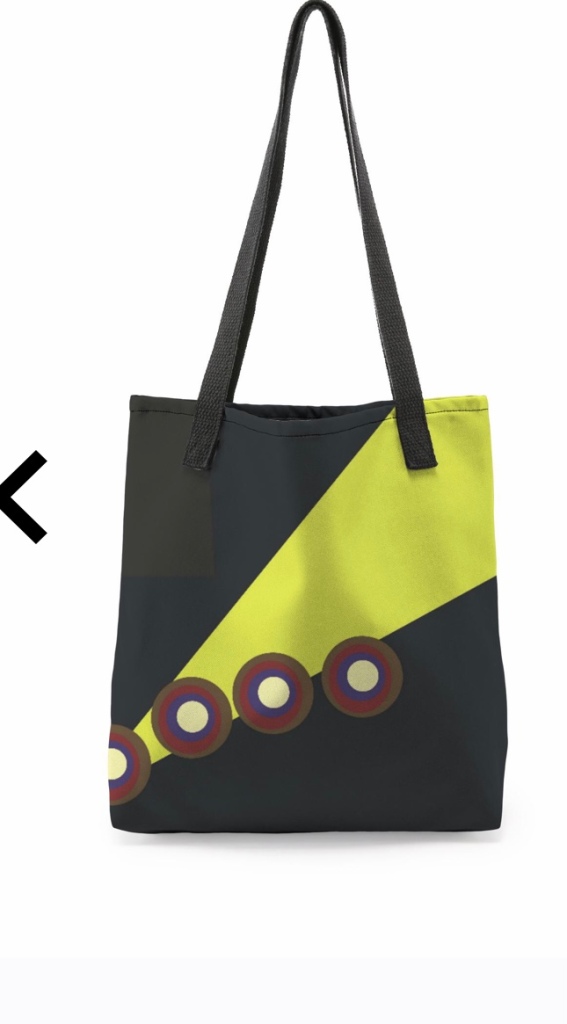

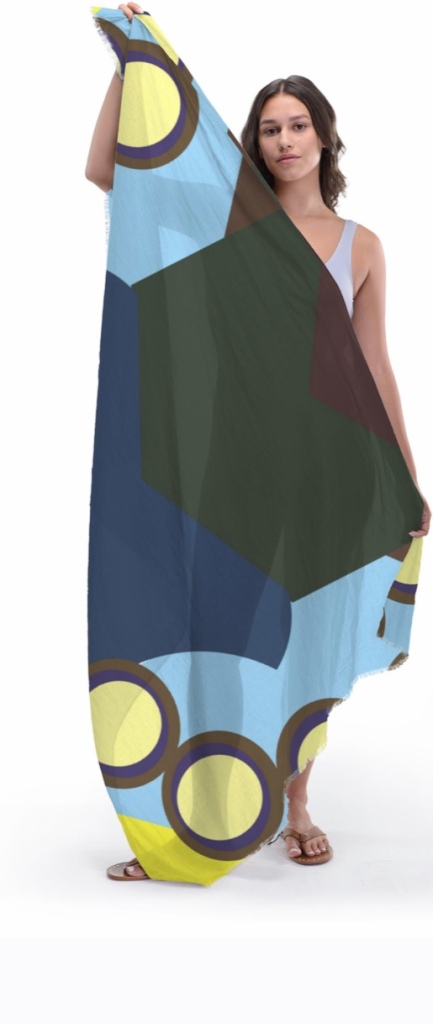


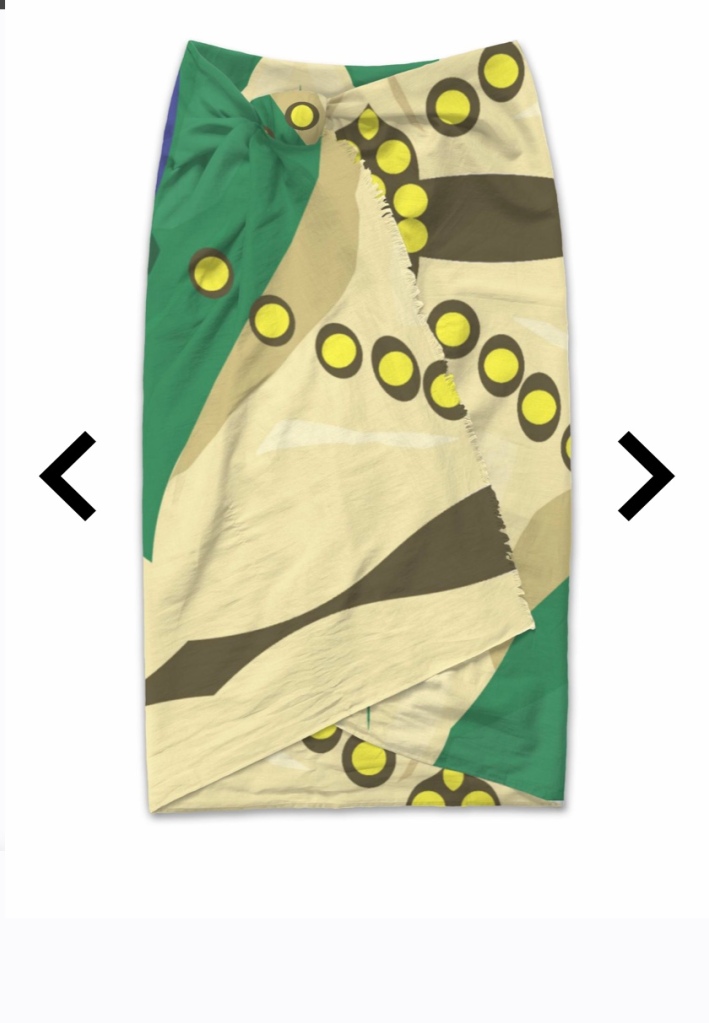
In Season 2 the Sistas ask the question: Does representation matter? In episode 1 they look at how African Americans were portrayed on television during their childhood.
Episode 1 We Need A Hero

In 2021 the art series with examine moments in African American history in an attempt to UNERASE our past
When Africans were kidnapped and bound into slavery, they brought many skill sets with them. One of the greatest myths was that the people came here without skills. In Colonial America, enslaved Africans began fulfilling the needs that colonist needed to be equal with Europeans. Some Africans making wigs and styling hair to help their masters keep up with the current trends. Having a nice wig, which covered bald spots in men, was often a sign of privilege.
As early as 1820 former slaves began opening businesses including those as hairstylists. Most of their clients were white people. But with the end of slavery, women of African descent began to spend time on their own hair. It opened a new market for women like Madam CJ Walker and Annie Malone, who created empires from helping African American women take care of their hair.
Malone and Walker also created a method where African American women could earn income outside their home by doing hair and selling products. They could do white people’s hair. They could do African American people’s hair. It was once said, hairstyles were created in Harlem, before they went out into the world.
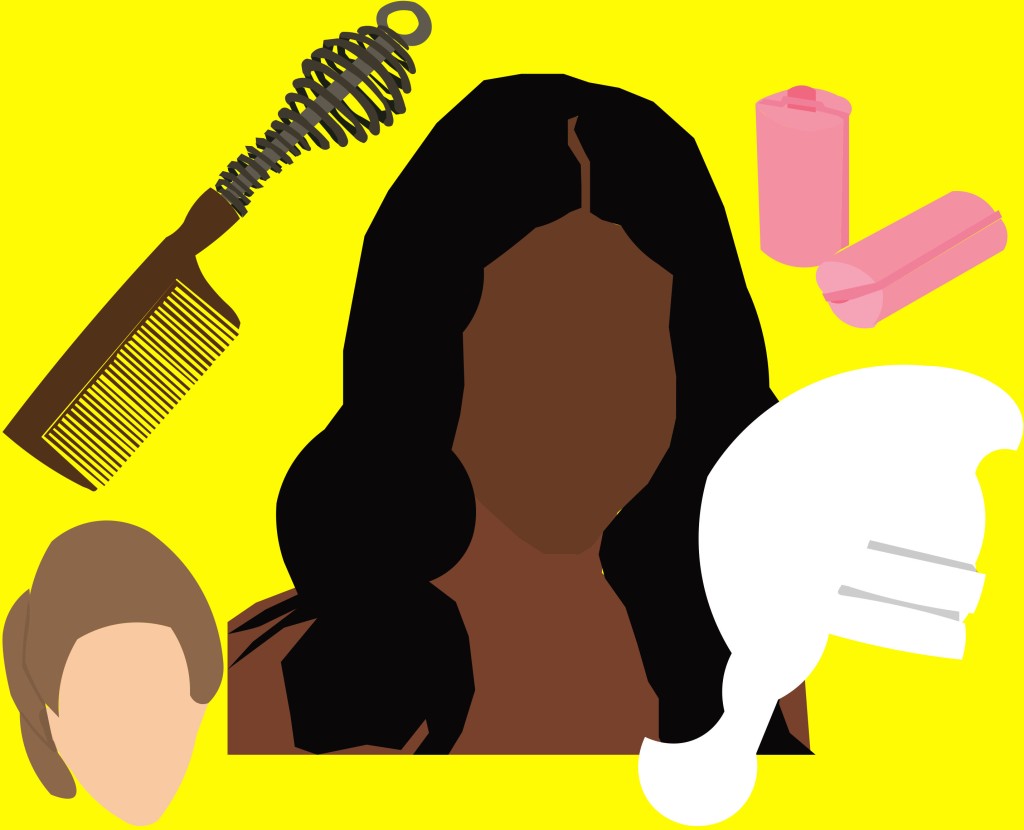
Adoration and Light
